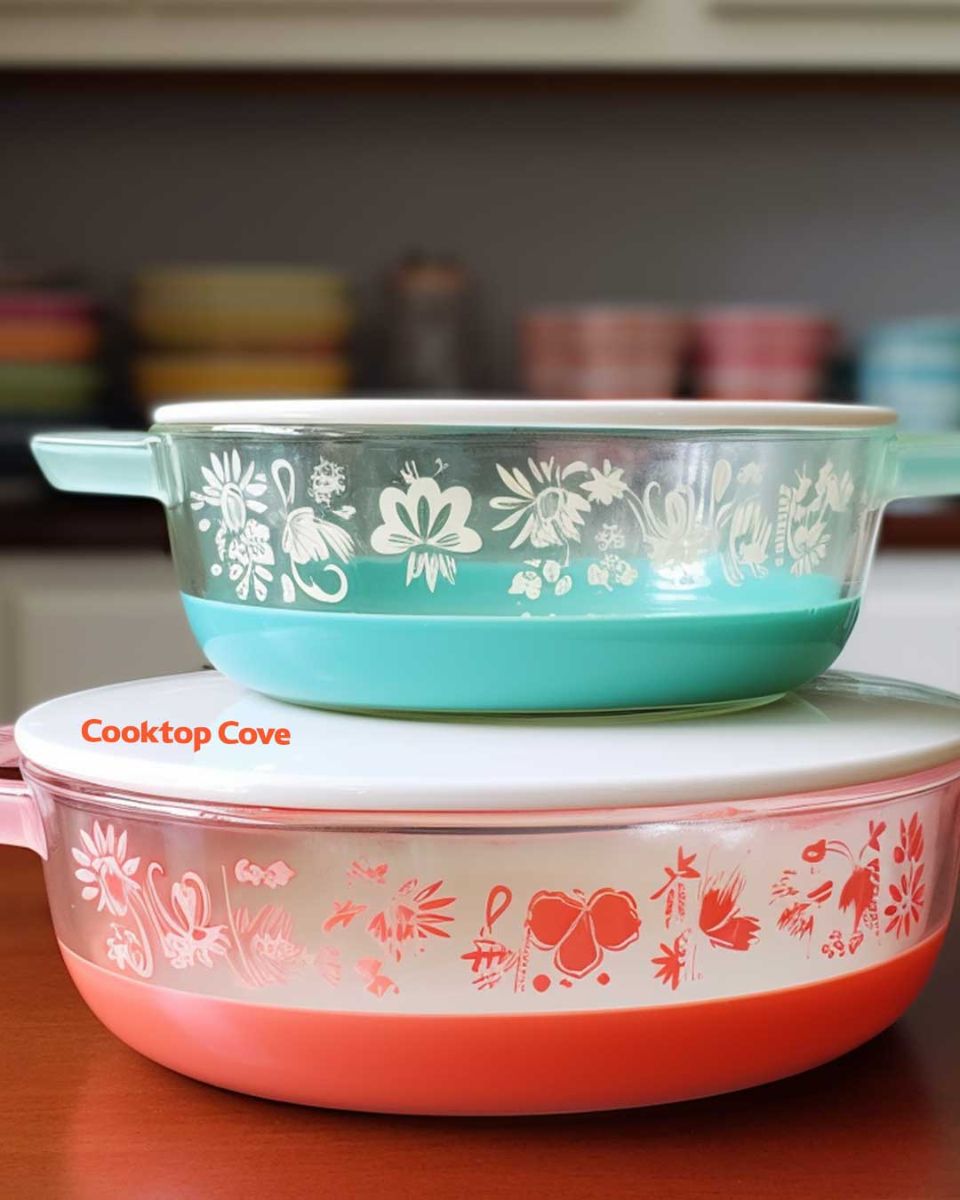Pyrex has been a household name for generations, known for its durable and versatile glassware. From baking dishes to measuring cups, Pyrex products are a staple in many kitchens. However, there has been some debate and controversy surrounding the safety of using Pyrex in the oven. In this article, we will explore whether it is safe to use Pyrex in the oven and provide tips for doing so safely.
The History of Pyrex
Pyrex was first introduced by Corning Glass Works in 1915. It was created to address the need for heat-resistant glassware that could withstand high temperatures without shattering. Pyrex glass is made from borosilicate, a type of glass known for its thermal stability and resistance to thermal expansion. Borosilicate glass has a low coefficient of thermal expansion, which means it can handle rapid temperature changes without breaking.
The Controversy
The controversy surrounding Pyrex’s safety in recent years is related to changes in the glass formula. In the 1990s, Corning sold the Pyrex brand to World Kitchen, which transitioned from borosilicate glass to soda-lime glass for its products in the United States. Soda-lime glass has a higher coefficient of thermal expansion compared to borosilicate glass, making it more susceptible to breaking when exposed to extreme temperature changes.
This change led to concerns about the safety of using Pyrex in the oven. Many people reported instances of Pyrex bakeware shattering while in use, causing injuries and damage. The debate about the safety of Pyrex products became a subject of discussion among consumers and experts.
Is It Safe to Use Pyrex in the Oven?
The safety of using Pyrex in the oven largely depends on the type of Pyrex glassware you have and how you use it. Here are some key points to consider:
Borosilicate vs. Soda-Lime Glass:
If you have older Pyrex products made of borosilicate glass, they are generally safe for oven use. They can withstand rapid temperature changes and are less likely to shatter. However, if you have newer Pyrex products made of soda-lime glass, you should exercise caution.
Temperature Changes:
Avoid subjecting Pyrex glassware to extreme temperature changes. While borosilicate glass is more resistant to thermal shock, soda-lime glass is not. To prevent breakage, do not place cold Pyrex directly into a hot oven or take hot Pyrex out of the oven and place it on a cold surface.
continued on next page

